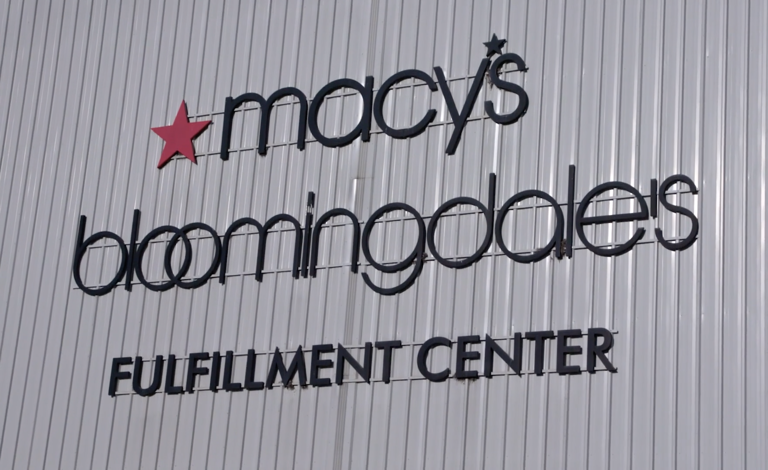Macy’s Inc. is currently in the process of consolidating its logistics and distribution network, aiming to achieve cost savings of $100 million during the 2024 fiscal year. This initiative is part of Macy’s broader “Bold New Chapter” strategy, which seeks to streamline operations and enhance efficiency.
During a fourth-quarter earnings call in February, Macy’s chief financial officer, Adrian Mitchell, outlined the company’s plans to save approximately $235 million in supply chain-related expenses by the end of 2026. As part of this effort, Macy’s intends to optimize its fulfillment capacity by closing multiple distribution centers with higher processing costs. Mitchell also mentioned plans to “monetize select assets,” hinting at potential sales or subleases of portions of its industrial real estate portfolio.
Under the leadership of CEO Tony Spring, Macy’s aims to generate $600 million to $750 million from asset monetization related to store and distribution center closures. Approximately $100 million of this value is expected to come from the consolidation of distribution centers. However, specific details regarding which distribution centers will be closed and how many remain undisclosed, as Macy’s has yet to announce this information.
Presently, Macy’s operates 25 fulfillment centers across the United States. Recent developments include the opening of a new 908,000-square-foot distribution center in Tomball, Texas, in September 2023, and the leasing of a 272,000-square-foot facility in Lathrop, Calif., in January. Additionally, Macy’s is constructing a 1.4-million-square-foot fulfillment center in China Grove, N.C., scheduled for completion by 2025, which will significantly contribute to its digital supply chain capacity upon full operation.
Moreover, Macy’s has implemented innovative strategies such as converting approximately 1 million square feet of space in 35 stores into “mini fulfillment centers.” These semi-automated distribution centers aim to optimize shipping costs, reduce delivery times, and minimize the need for split shipments, thereby enhancing overall operational efficiency.
Since the onset of the COVID-19 pandemic, Macy’s has been integrating automation into its logistics and warehousing operations, particularly as it shifted toward an omnichannel distribution strategy. Previously, the retailer maintained separate facilities for e-commerce and store fulfillment. However, this approach changed in 2020 with the implementation of Macy’s Polaris profitability strategy.
As part of its ongoing logistics network consolidation, Macy’s aims to further reduce fulfillment costs by expanding automation across multiple facilities. Adrian Mitchell, Macy’s CFO, outlined how these efforts are expected to enhance delivery speed, reliability, and overall operational efficiency.
Mitchell explained that the implementation of inventory planning and allocation changes will facilitate improved product flow from vendors to customers. These changes are designed to enable quicker replenishment in both stores and fulfillment centers, reduce the need for split shipments, and increase availability of popular items.
Among the advancements in automation, Macy’s utilizes technology from AutoStore in select distribution centers, such as those in Portland, Tenn., and Martinsburg, W.V. AutoStore’s automated storage and retrieval system (ASRS) employs small robots that navigate a grid-like structure to retrieve and store items in bins. Unlike traditional warehouses, where workers manually retrieve items from shelves, these robots streamline the process by delivering items directly to workers’ stations for packing and shipping.
Two AutoStore technologies deployed by Macy’s include robotic goods-to-person systems and pouch sorters. These technologies are utilized for both store replenishment and e-commerce fulfillment, catering to varying order sizes. By enabling workers to pick items directly into bins or pouches that are then routed to packers, Macy’s accelerates inventory restocking and fulfillment processing times.
Looking ahead, Macy’s plans to extend automation technology to its forthcoming fulfillment center in North Carolina, scheduled to open in 2025. Mitchell emphasized that Macy’s new strategy aims to simplify and modernize its supply chain, planning, allocation, and technology operations, ultimately enhancing inventory productivity and driving sales growth.
